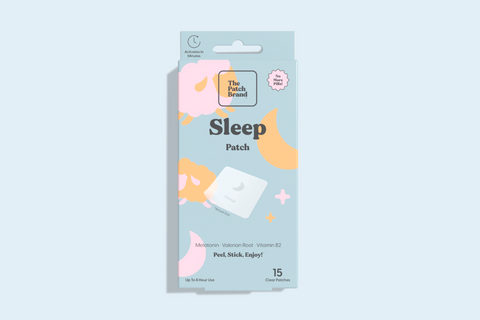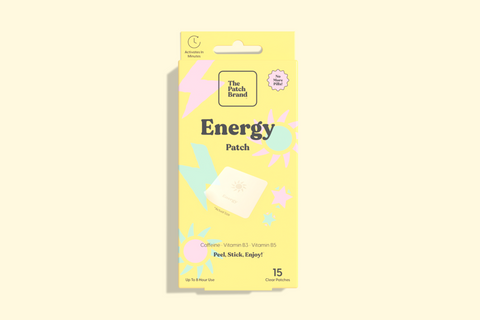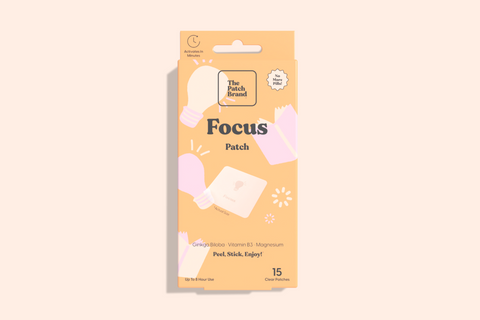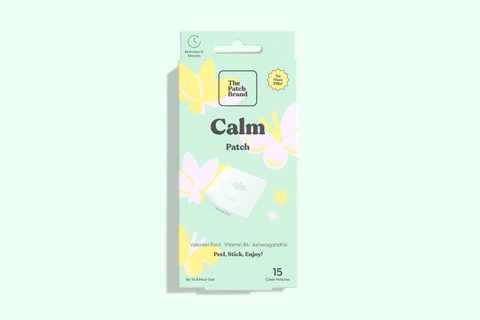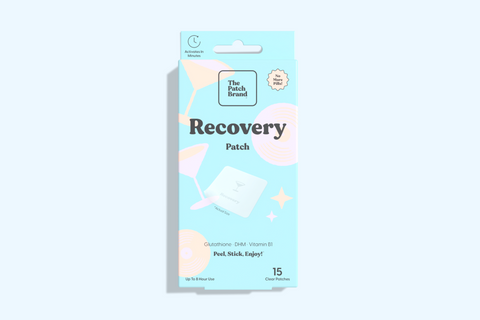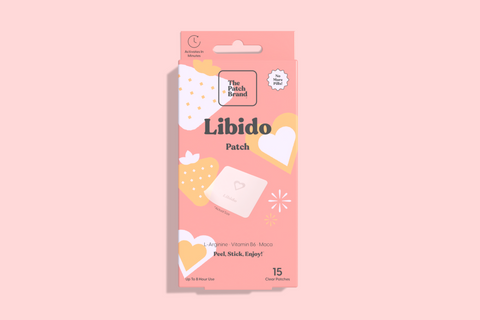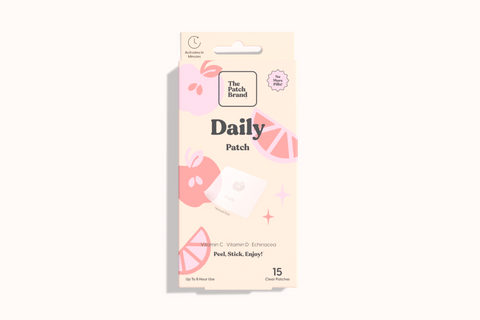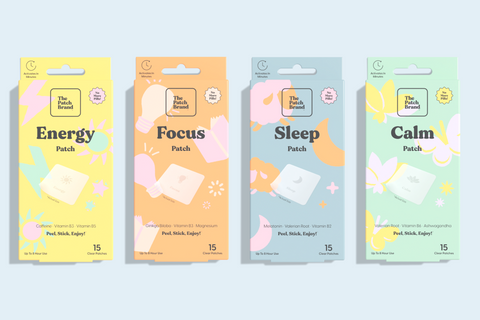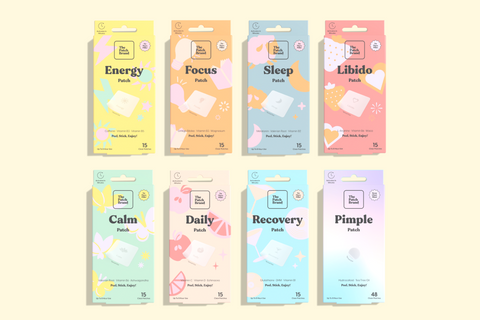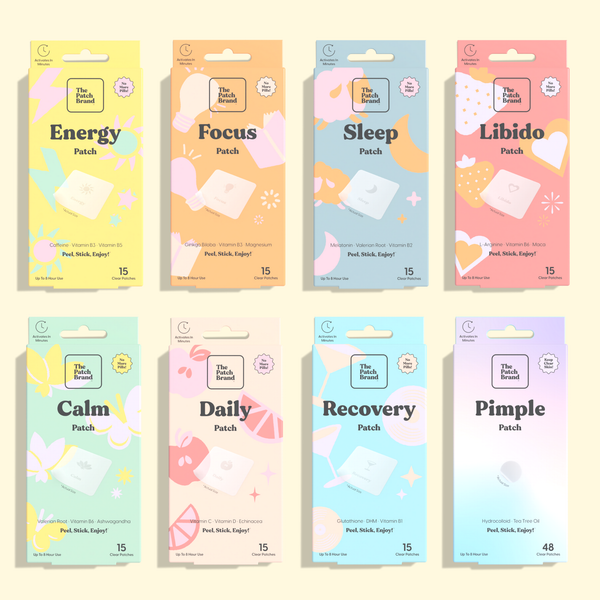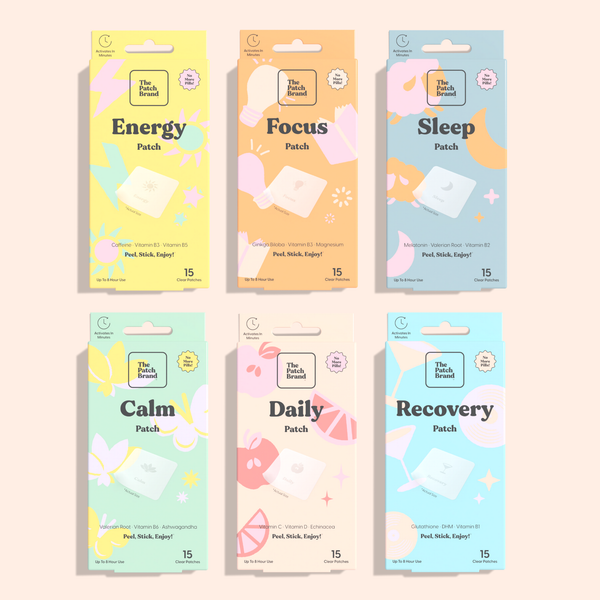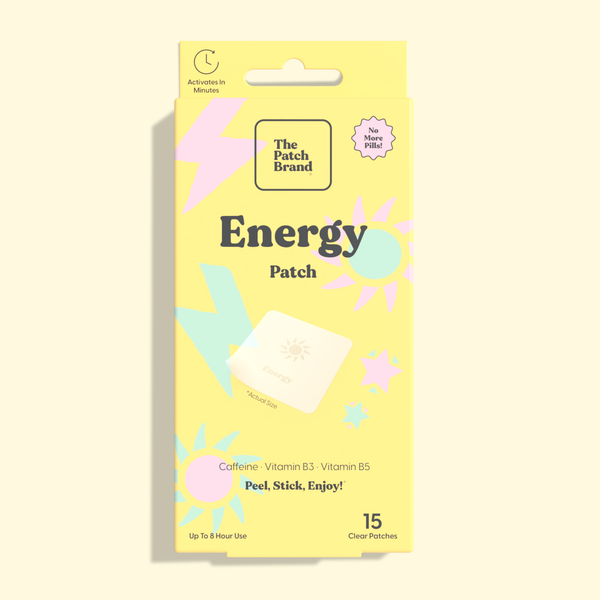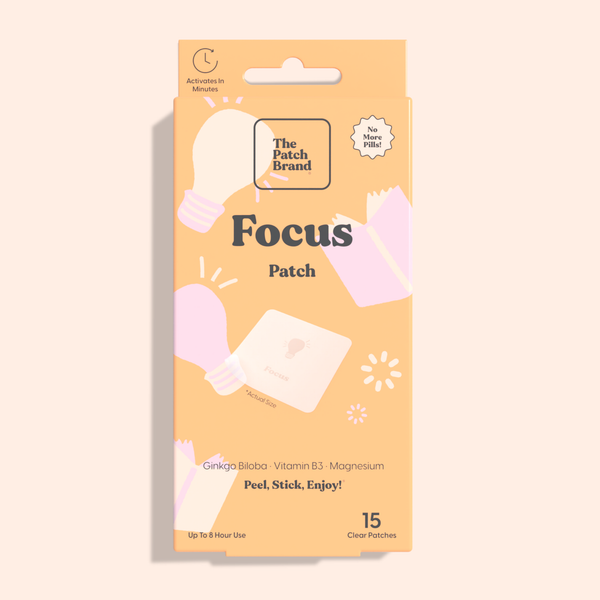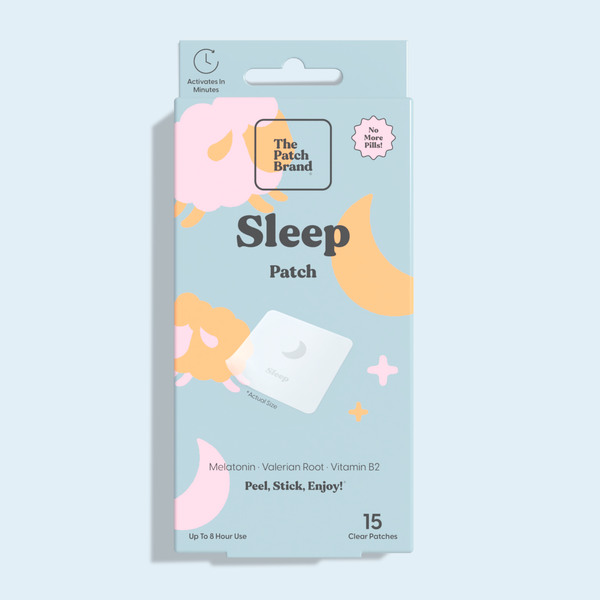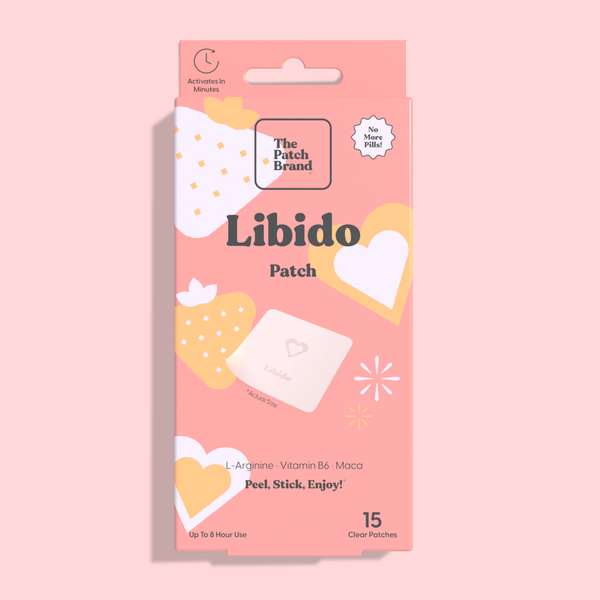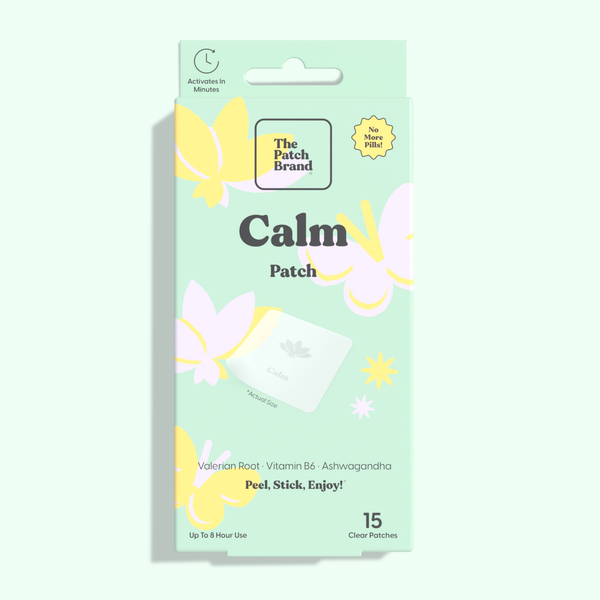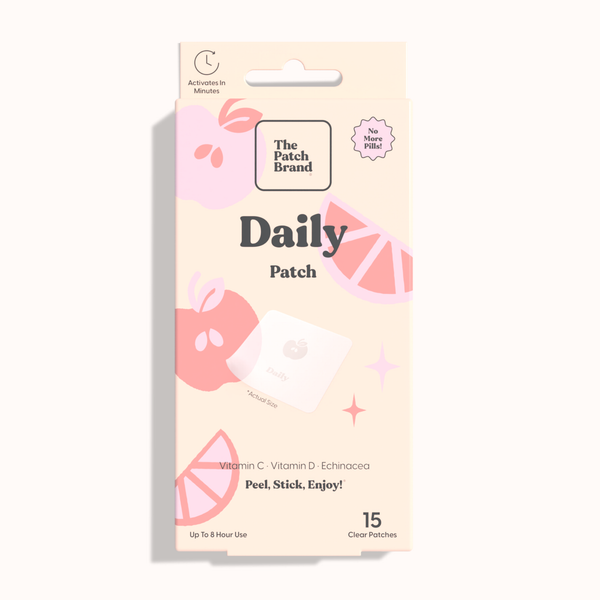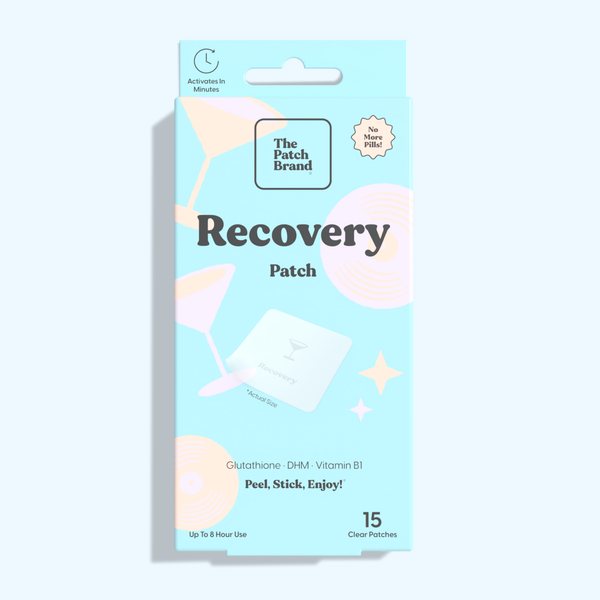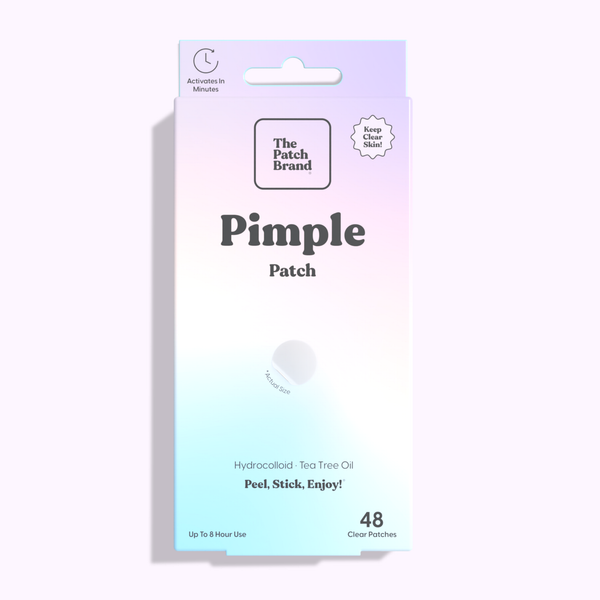Pimple stickers, also known as pimple patches, have emerged as a groundbreaking solution for those battling acne. These small, adhesive patches are designed to be placed directly on pimples, offering a targeted approach to acne treatment. Unlike traditional creams and ointments, pimple stickers provide a discreet, simple, and effective way to manage acne spots. They work by absorbing pus and oil, reducing inflammation, and protecting the area from further infection. Their convenience and efficacy have made them a favorite among individuals looking for a fuss-free way to treat pimples.
The Science Behind Pimple Stickers
How Pimple Patches Work
These patches are typically made from a hydrocolloid material, a substance used in medical dressings for wound healing. When applied to a pimple, the patch absorbs excess fluid and pus, creating a conducive environment for healing. The process not only accelerates the healing timeline but also significantly reduces the risk of acne scarring. Furthermore, by isolating the pimple, the patch prevents users from picking or touching the affected area, thus reducing the chance of spreading bacteria and causing further breakouts.
Hydrocolloid Technology Explained
Hydrocolloid technology is at the heart of many of the best pimple patches. Hydrocolloid is a gel-forming agent that draws out impurities and locks in moisture, facilitating faster healing. This technology is especially effective for surface-level blemishes. The material gently swells as it absorbs pus and oil, creating a visible white spot on the patch, which indicates the extraction process. This not only helps in reducing the size and redness of pimples but also provides a physical barrier against external contaminants, maintaining a clean healing environment.
Types of Pimple Patches
Hydrocolloid Pimple Patches
Among the various types of acne treatments, hydrocolloid pimple patches stand out for their ability to absorb excess fluid and create a protective barrier over blemishes. These patches are particularly effective for superficial pimples, such as whiteheads, because they draw out impurities and help to flatten and heal the pimple without drying out the surrounding skin. Their discreet design allows them to be worn both during the day and overnight, offering continuous treatment and protection.
Microneedle Pimple Patches
These patches are embedded with fine, dissolvable needles that penetrate the outer layer of the skin to deliver active ingredients directly into the pimple. Designed for deeper, cystic acne types, these patches can effectively reduce inflammation and promote healing from within. The ingredients commonly used in microneedle patches, such as salicylic acid and hyaluronic acid, are chosen for their proven efficacy in pimple treatments. While these patches are a more aggressive treatment option, they offer a promising solution for those dealing with persistent, painful blemishes that do not respond well to surface-level treatments.
Ingredient-Infused Pimple Patches
In addition to hydrocolloid and microneedle varieties, there are ingredient-infused pimple patches that combine the physical benefits of a patch with the therapeutic effects of active ingredients. These patches may include ingredients like tea tree oil or benzoyl peroxide, which are known for their anti-inflammatory and antimicrobial properties. By delivering these ingredients directly to the affected area, these patches can provide a targeted treatment that reduces pimple size and redness while also addressing the underlying causes of acne.
Size and Shape Varieties for Different Acne Types
The effectiveness of a pimple patch can also depend on its size and shape, making it important to choose the right patch for different types of acne. Large pimple patch options are available for widespread acne areas or larger blemishes, providing ample coverage and ensuring that the entire affected area is treated. Conversely, smaller patches are perfect for treating individual pimples or clusters of tiny blemishes. The variety of shapes and sizes available ensures that there is a patch to suit every need, allowing for customized acne treatment that addresses the unique concerns of each user.
Selecting the Best Pimple Stickers
Criteria for Evaluation
When searching for the best pimple stickers, several criteria should guide your decision. Effectiveness is paramount; the patch must be able to significantly reduce the size and redness of pimples within a reasonable timeframe. Additionally, skin compatibility is crucial, as the patch should not cause irritation or allergic reactions. The ingredient list also warrants attention; opt for patches with proven acne-fighting components if you're dealing with persistent blemishes. Furthermore, the patch's adhesiveness and invisibility on the skin are important for practical, day-to-day wear. Finally, consider the value—effective acne treatment should not break the bank, so look for a product that offers a good balance between price and performance.
Importance of Ingredient Composition
For those with sensitive skin, patches free from harsh chemicals and fragrances may be the best choice to avoid irritation. Natural ingredients like tea tree oil can offer gentle yet effective antimicrobial benefits. For more severe acne, look for patches containing salicylic acid or benzoyl peroxide to penetrate the skin deeply and clear out pores. The presence of soothing ingredients such as aloe vera or hyaluronic acid can also be beneficial, helping to reduce inflammation and aid in the skin's healing process.
Application and Effectiveness
Step-by-Step Guide to Applying Pimple Patches
Applying a pimple patch correctly can significantly enhance its effectiveness. Before starting, ensure your hands and face are clean to avoid introducing more bacteria to the blemish. Here’s a simple guide to get the most out of your pimple patch treatment:
-
Cleanse your skin thoroughly with a gentle cleanser. Begin your treatment by washing your face with a gentle, non-irritating cleanser. This step is crucial to remove dirt, oil, and makeup that can block pores and exacerbate acne. Pat your face dry with a clean towel to avoid any potential irritation that rubbing can cause, setting a clean foundation for the pimple patch application.
-
Identify the pimple you want to treat. Carefully examine your skin to choose the pimple that needs treatment. Good pimple patches are most effective on blemishes that have come to a head or have already broken the skin. This allows the patch to effectively draw out pus and oils from the pimple, offering a targeted approach to healing.
-
Choose the right size patch that completely covers the pimple. Select a patch that is slightly larger than the pimple itself. This ensures that the entire affected area is covered, providing optimal protection from external irritants and ensuring that the patch can absorb as much of the pimple's impurities as possible.
-
Carefully remove the patch from its packaging. Open the packaging with clean hands and carefully remove a patch without touching its sticky side. This prevents contamination and ensures the adhesive side remains sterile and effective in adhering to your skin.
-
Press the patch onto the pimple firmly for a few seconds. Position the patch directly over the pimple and press down firmly for a few seconds. Make sure the edges of the patch are well adhered to your skin to create a seal that prevents bacteria from entering and impurities from escaping.
-
Leave the patch on for the recommended time. Most patches should be left on for several hours overnight, depending on the brand’s instructions. This duration allows the patch to absorb pus, oil, and other impurities, reducing inflammation and promoting healing.
-
Gently peel off the patch. When it’s time to remove the patch, start at the edges and slowly peel towards the center. This minimizes irritation and ensures that any absorbed pus and oil are kept contained. Dispose of the used patch properly to maintain hygiene.
-
Cleanse your skin again to remove any residue. After removing the patch, wash your face again to remove any residue that may have been left behind. This ensures your skin is clean and ready for the next steps in your skincare routine, such as applying moisturizer or treatment products.
Incorporating pimple patches into your skincare routine can offer a simple yet effective solution to managing acne flare-ups. By following these steps, you can ensure that each patch has the best chance of reducing your blemishes quickly and effectively. Remember, consistency and proper skin care hygiene are key to achieving the best results.
Protecting Blemishes from External Bacteria
By creating a sealed environment, the patch prevents contaminants from coming into contact with the pimple, reducing the risk of infection and further inflammation. This barrier also discourages touching or picking at the pimple, behaviors that can exacerbate acne and lead to scarring. Maintaining a clean barrier with a pimple patch is an effective way to ensure that the healing process is not interrupted by external factors.
Incorporating Pimple Stickers into Skincare Routines
When to Use Pimple Patches in Your Routine
Ideally, apply the patch after cleansing and drying your face in the evening. This ensures that the skin is free from oils and dirt, allowing the patch to adhere better and work more effectively. It's important to apply the patch before using any serums, moisturizers, or other treatments to avoid interference with the patch's adhesion and function. Using a pimple patch at night leverages the body's natural repair processes which are more active during sleep, potentially speeding up the healing time of blemishes.
Complementary Skincare Products
Integrating pimple patches into your skincare routine doesn't mean you have to forego other products. Using complementary skincare products can enhance overall skin health and prevent future breakouts. Here's how to harmonize your skincare routine with the use of pimple patches:
-
Gentle Cleanser: Start with a gentle cleanser to remove impurities and prepare the skin. This step is crucial for ensuring that the pimple patch can adhere properly to the skin.
-
Toner: Apply a mild toner to balance the skin's pH and remove any residual cleanser. Choose a toner that is compatible with your skin type and free from harsh ingredients that could irritate the skin.
-
Pimple Patch: After cleansing and toning, apply the pimple patch directly to the blemish. Ensure the skin is dry to maximize adherence.
-
Moisturizer: Use a lightweight, non-comedogenic moisturizer around the patch to keep the rest of your skin hydrated. Avoid applying moisturizer over the patch to ensure it stays in place.
-
Sun Protection: In the morning, after removing the patch and following your regular cleansing routine, apply a broad-spectrum sunscreen to protect your skin from UV damage. Sunscreen is essential in preventing post-inflammatory hyperpigmentation, which can occur after acne heals.
By following this regimen, you can effectively treat acne while maintaining the health of your overall complexion. Complementary products should be selected based on their compatibility with acne-prone skin to avoid clogging pores or causing further breakouts.
Tips for Maintaining Skin Health with Pimple Patches
Over-cleansing should be avoided to prevent stripping the skin of essential oils, potentially worsening acne. Ensuring proper hydration and a nutritious diet aids in supporting skin vitality from within. Minimizing bacterial transfer is also essential—regularly changing pillowcases and cleaning phone screens can significantly contribute to this. Patience and consistency in skincare routines are vital; overusing acne treatments can lead to irritation and hinder the skin's healing process. Incorporating pimple patches thoughtfully within a comprehensive skincare regimen, along with these mindful practices, can enhance acne management and promote healthier skin.
In conclusion, pimple stickers offer a promising solution for those seeking to manage their acne with minimal fuss and maximum efficiency. By selecting the appropriate type of patch, incorporating it correctly into your skincare routine, and complementing it with suitable skincare products, you can maximize the benefits of this innovative treatment. As the landscape of acne care continues to evolve, pimple patches stand out as a testament to the progress in dermatological science, offering hope and healing to acne sufferers worldwide.
